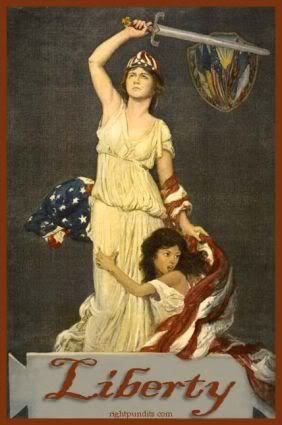Michelle links Art in America's generous explanation for the close resemblance between the two pieces.
the 73-year-old artist found herself staring at the hollyhock shadows she had known her entire life and calculating how to use them in her paintings. A year earlier, she had seen the late Matisse cutouts at the Museum of Modern Art in New York. Matisse’s work had prompted her to paint an acrylic-on-canvas version of his collage The Snail (1953), in which nearly all the original colors were reversed. Thomas named her painting Watusi (Hard Edge), after Chubby Checker’s dance hit “The Watusi.” As well as marrying high modernism with the popular culture of black America–then entering the American mainstream–the title she chose noted Matisse’s debt to African art.This explanation bothers me. I think it is perfectly valid for an artist to study another more famous work and attempt to copy it. This is really what artists do to hone their skills. My earliest paintings and drawing were all copies and I am not ashamed of that but I wouldn't claim they were original or transformative. This is an example of an example of something I copied from a Metropolitan Opera calendar. I learned a lot from copying that but I wouldn't say it was original art by any stretch. Any variation from the original were the result of my lack of skill, not artistic intention. I have no intention of making a profit from it, it was an effort to improve my skills, nothing more.
Looking at Alma Thomas piece she was directly copying from the Matisse. No one who has ever drawn or painted could recreate a piece in terms of placement and shape from something they had seen a year earlier. Even a modern art piece like the Matisse is nearly perfectly shaped with some minor exceptions. To claim the piece was inspired by shadows of trees leads me to wonder how the variations from the Matisse mirrored the shadows or were a product inexact copying. In my opinion using the reverse of the colors just doesn't transform the work to give it new meaning in any substantive way but given the state of our copyright laws who knows how a judge would interpret that.
If Thomas did this for her own benefit, I see nothing wrong with it. If she claimed it was original and tried to sell it as such, I think she would have difficulty making that claim. The Matisse collection is all under copyright and as such anything like Thomas' piece would seem to be fairly derivative. Perhaps the Artists Rights Society didn't see it as an infringement. Since Thomas died in 1978 we might not know her intention or if she had permission to create a derivative. If the piece escaped the attention of the Artists Rights Society before this, I imagine it will not be long before they are aware of Thomas' piece. Whether they make an issue will probably be dependent on their political leanings if I had to guess. It wouldn't be going out on a limb to suggest this will be perfectly fine with them.
H/T: Memeorandum




























No comments:
Post a Comment